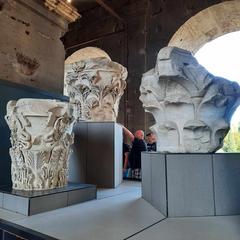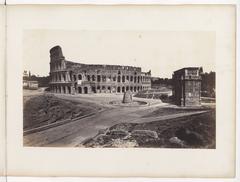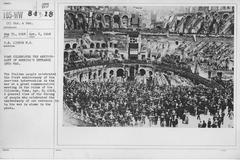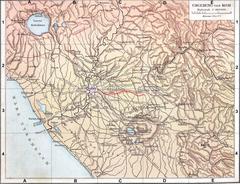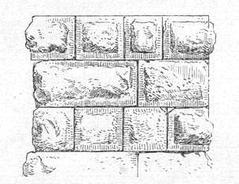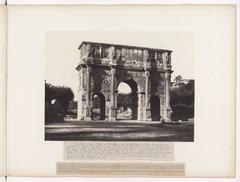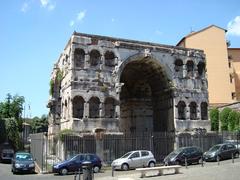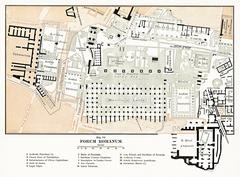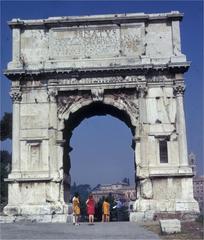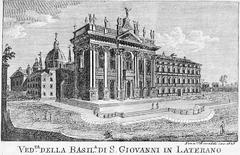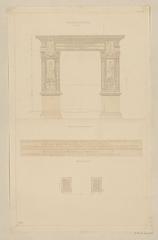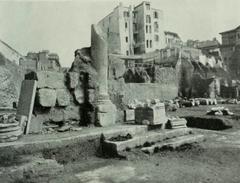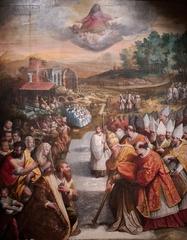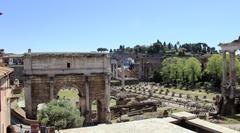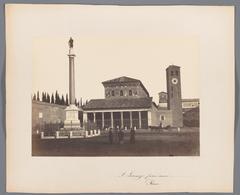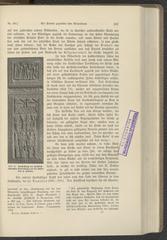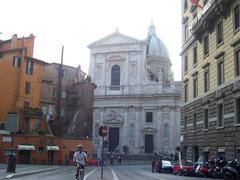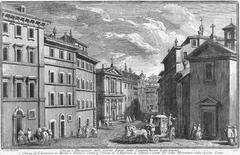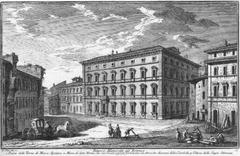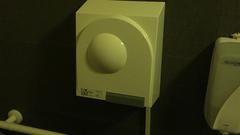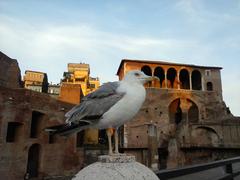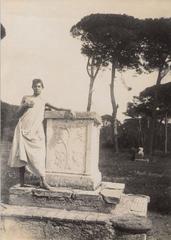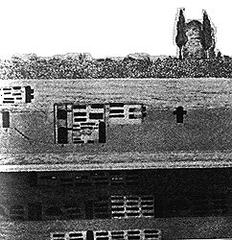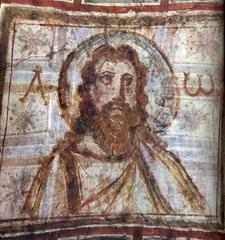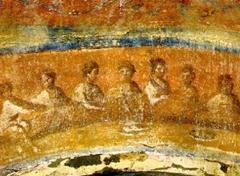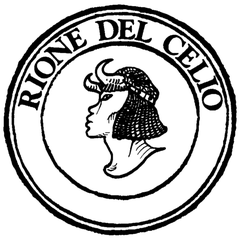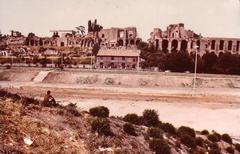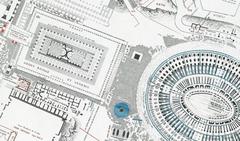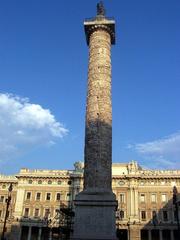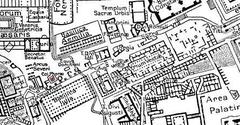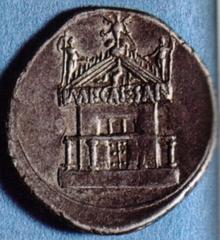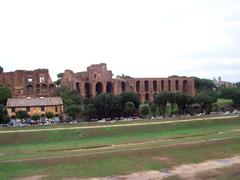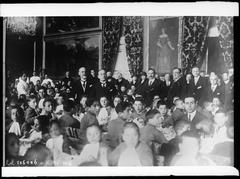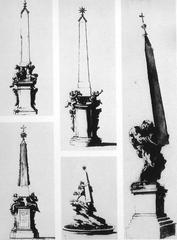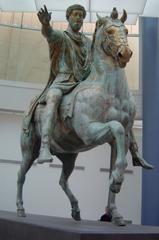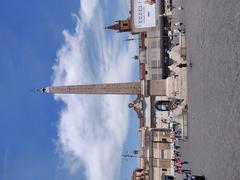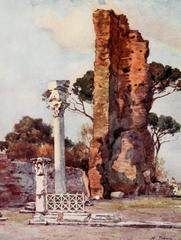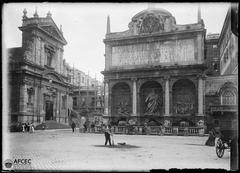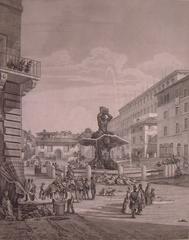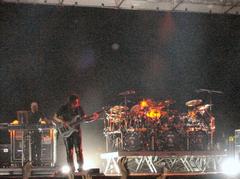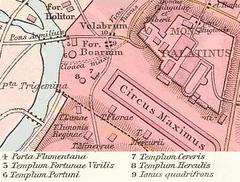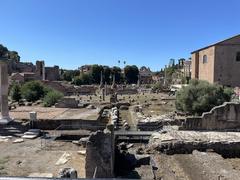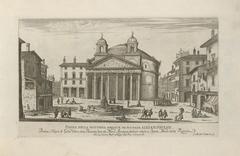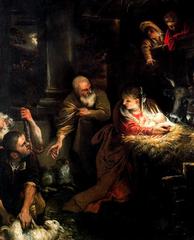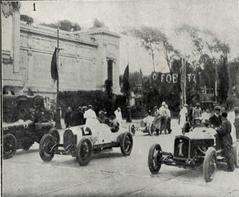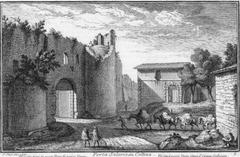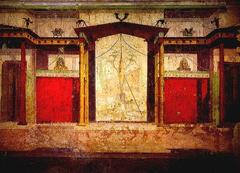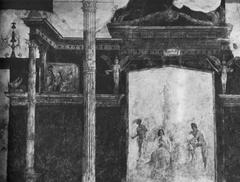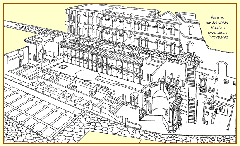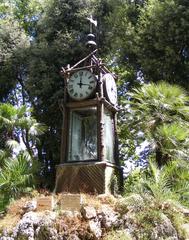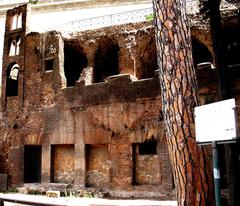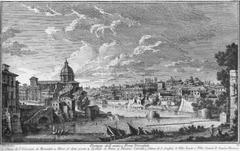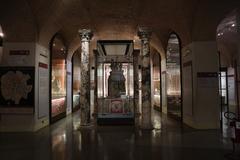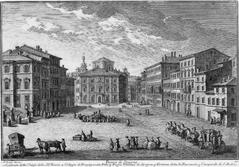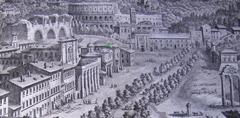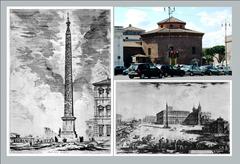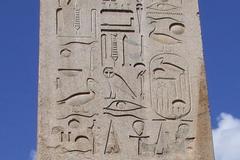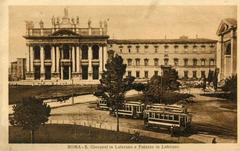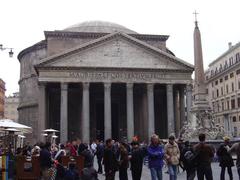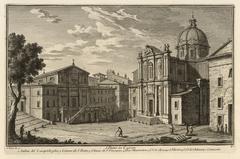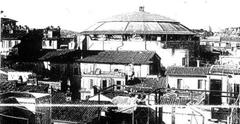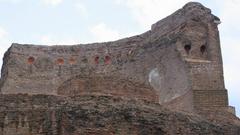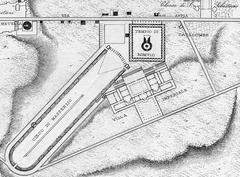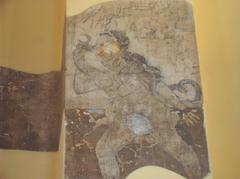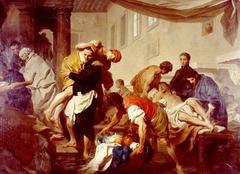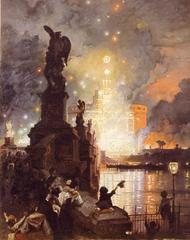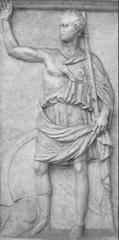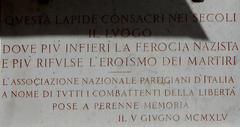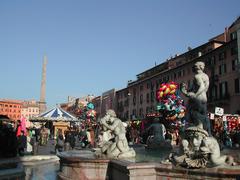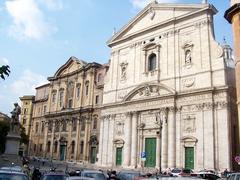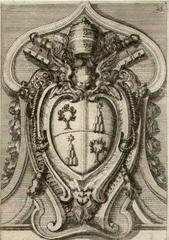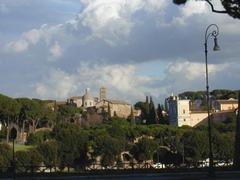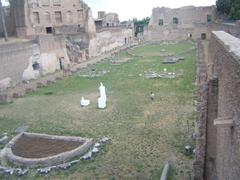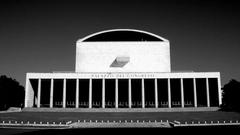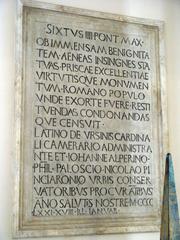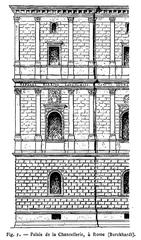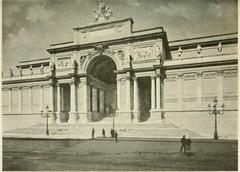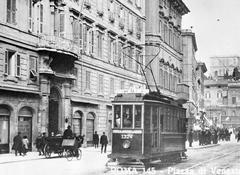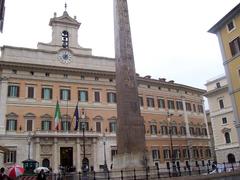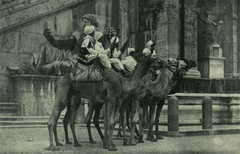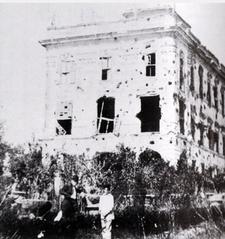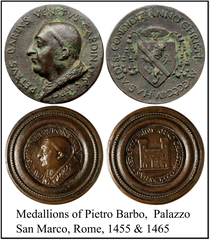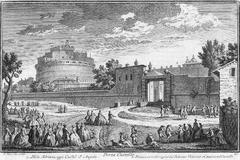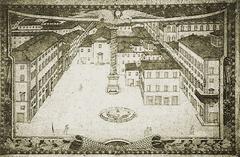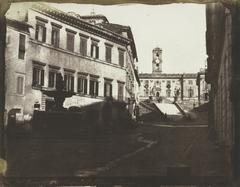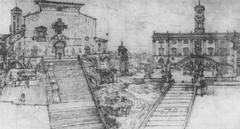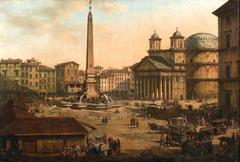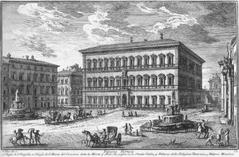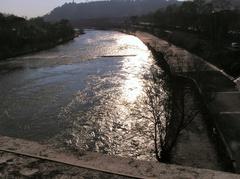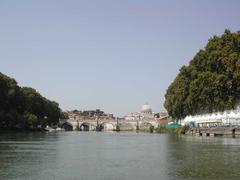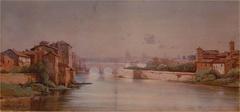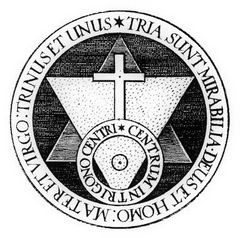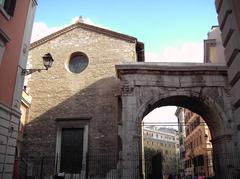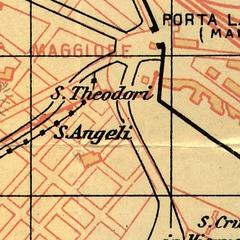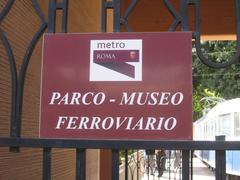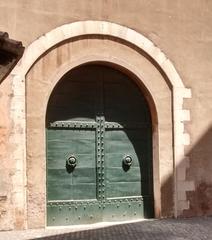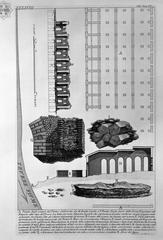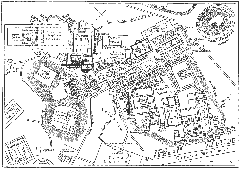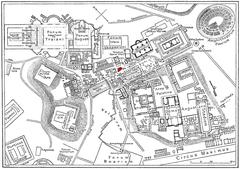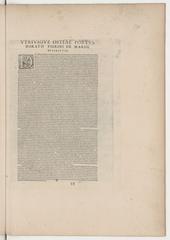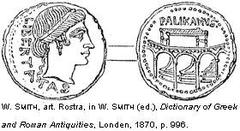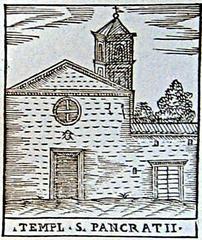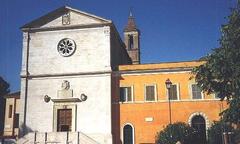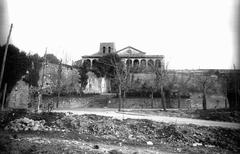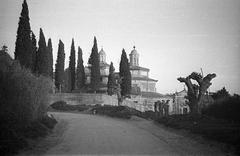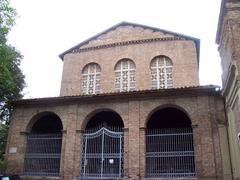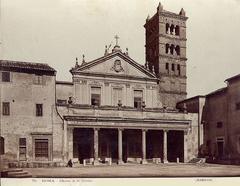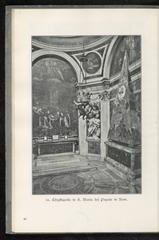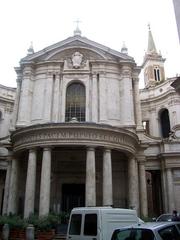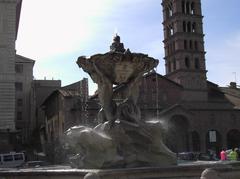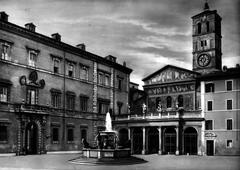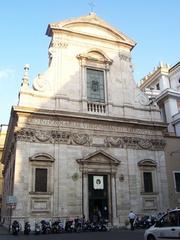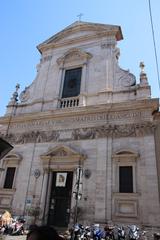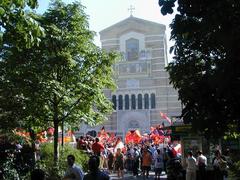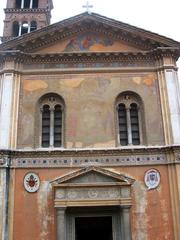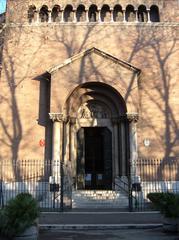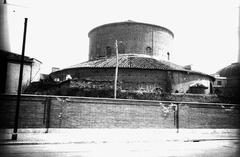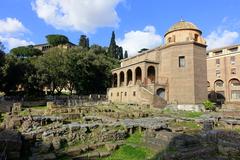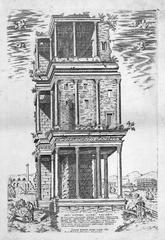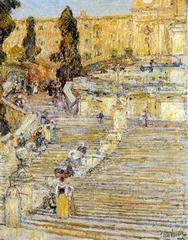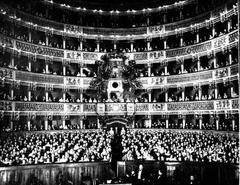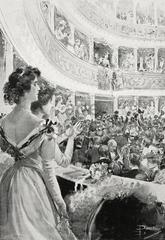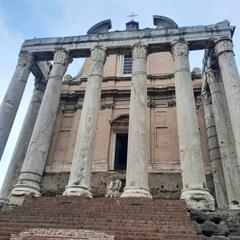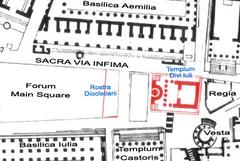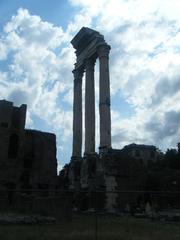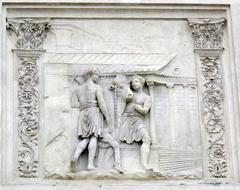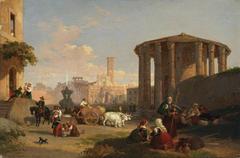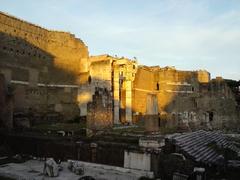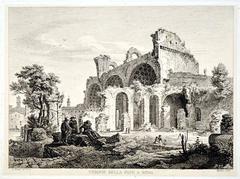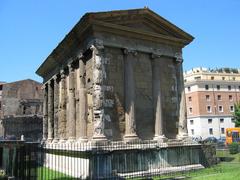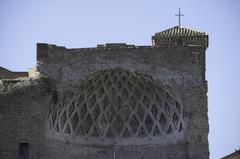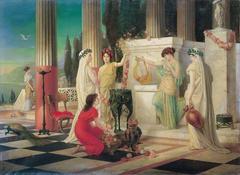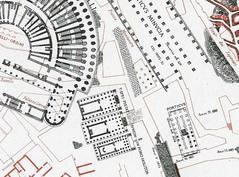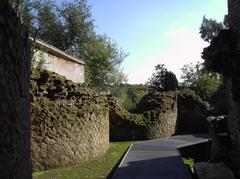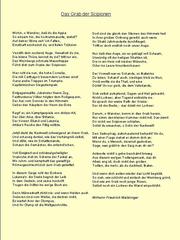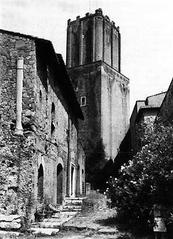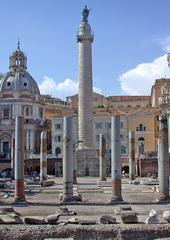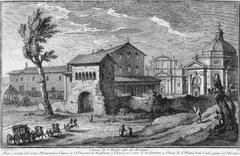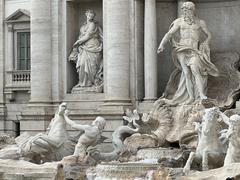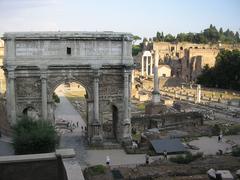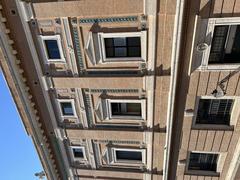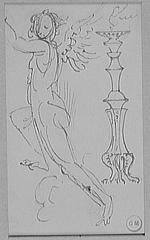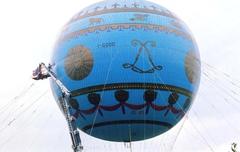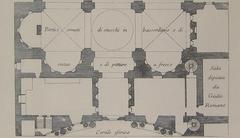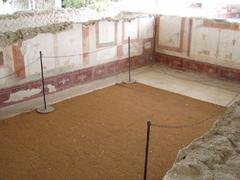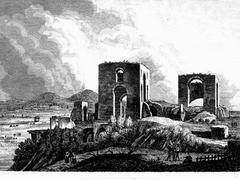
Comprehensive Guide to Visiting the Colosseum, Rome, Italy: History, Significance, Visitor Tips, and Everything Tourists Need to Know for a Memorable Experience
Date: 15/07/2024
Introduction
The Colosseum, or the Flavian Amphitheater, is an architectural marvel and an enduring symbol of ancient Rome. This iconic monument, constructed around A.D. 70-72 under Emperor Vespasian and completed in A.D. 80 by his son Titus, has captivated millions of visitors with its grandeur and historical significance (History.com). Located in the heart of Rome, just east of the Roman Forum, the Colosseum was built on the site of Emperor Nero’s opulent palace, the Domus Aurea, symbolizing a return of the land to the Roman people (National Geographic).
As the largest ancient amphitheater ever constructed, the Colosseum could hold between 50,000 and 80,000 spectators, who gathered to witness gladiatorial contests, animal hunts, and mock sea battles. Its elliptical design, measuring approximately 189 meters in length and 156 meters in width, showcases the advanced engineering techniques of the Roman Empire, particularly the innovative use of concrete (Britannica). Today, the Colosseum stands not only as a testament to Roman ingenuity and architectural prowess but also as a poignant symbol of cultural and religious significance. It is recognized as a UNESCO World Heritage site and continues to draw millions of tourists annually, eager to explore its storied past and architectural beauty.
This comprehensive guide delves into the Colosseum’s rich history, architectural significance, and practical visitor information, ensuring that your visit is both informative and memorable.
Table of Contents
- Introduction
- Origins and Construction
- Architectural Significance
- Inauguration and Early Use
- Decline and Medieval Use
- Restoration and Modern Significance
- Cultural and Religious Significance
- Influence on Modern Architecture
- Visitor Information
- Nearby Attractions
- Special Events and Photographic Spots
- Preservation Challenges
- FAQ
- Conclusion
Origins and Construction
The Colosseum, an iconic symbol of ancient Rome, began construction under Emperor Vespasian of the Flavian dynasty around A.D. 70-72 and was completed in A.D. 80 by his son Titus (History.com). Built as a gift to the Roman people, it hosted a variety of public spectacles, including gladiatorial contests, animal hunts, and mock sea battles.
The site chosen for the Colosseum was a flat area in the heart of Rome, just east of the Roman Forum. This location was previously occupied by the opulent palace of Emperor Nero, known as the Domus Aurea. By constructing the Colosseum on this site, Vespasian aimed to erase the memory of Nero’s extravagant rule and restore the land to the people of Rome (National Geographic).
Architectural Significance
The Colosseum is renowned for its architectural and engineering marvels. It is an elliptical structure measuring approximately 189 meters (620 feet) in length and 156 meters (513 feet) in width, with a height of 48 meters (157 feet) (Britannica). The amphitheater could hold between 50,000 and 80,000 spectators, making it the largest amphitheater ever built.
One of the most significant architectural features of the Colosseum is its use of concrete, which allowed for the construction of its massive arches and vaults. The exterior of the Colosseum is divided into four levels, with the first three levels featuring arcades framed by half-columns of the Doric, Ionic, and Corinthian orders, respectively. The fourth level is a solid wall with small rectangular windows (History.com).
Inauguration and Early Use
The Colosseum was inaugurated in A.D. 80 with a series of games and spectacles that lasted for 100 days. These events included gladiatorial combats, animal hunts, and mock naval battles, where the arena was flooded with water to recreate sea battles (National Geographic). The inaugural games were a grand display of the power and wealth of the Roman Empire and were attended by thousands of spectators.
Decline and Medieval Use
After four centuries of active use, the Colosseum fell into neglect following the decline of the Roman Empire. A series of earthquakes in the 5th century caused significant damage to the structure, and it was further plundered for its valuable building materials during the Middle Ages (Britannica). The Colosseum was repurposed for various uses over the centuries, including as a fortress by the Frangipane and Annibaldi families in the 12th century.
In the late 15th century, Pope Alexander VI permitted the Colosseum to be used as a quarry, leading to further degradation of the structure. Despite this, the Colosseum remained a prominent symbol of Rome’s architectural and engineering prowess (History.com).
Restoration and Modern Significance
Efforts to preserve and restore the Colosseum began in the 18th century and have continued into the modern era. In the 1990s, a major restoration project was undertaken to repair the damage caused by centuries of neglect and to stabilize the structure for future generations (National Geographic).
Today, the Colosseum is one of Rome’s most popular tourist attractions, drawing millions of visitors each year. It is also a UNESCO World Heritage site and a symbol of the enduring legacy of the Roman Empire. The Colosseum continues to host events, including concerts and reenactments, and serves as a powerful reminder of Rome’s rich history and cultural heritage (Britannica).
Cultural and Religious Significance
The Colosseum holds significant cultural and religious importance, particularly for Christians. It is traditionally regarded as a site of martyrdom for early Christians who were persecuted for their faith. Although historical evidence for large-scale Christian martyrdoms at the Colosseum is limited, the site remains a powerful symbol of Christian suffering and resilience (Wikipedia).
Each Good Friday, the Pope leads a torchlit “Way of the Cross” procession that starts in the area around the Colosseum, commemorating the passion and death of Jesus Christ. This annual event draws thousands of pilgrims and tourists, highlighting the Colosseum’s continued relevance as a place of reflection and remembrance (History.com).
Influence on Modern Architecture
The architectural design of the Colosseum has had a profound influence on the development of modern architecture. Its use of arches, vaults, and concrete construction techniques set a precedent for future architectural innovations. The Colosseum’s design has inspired numerous buildings throughout history, including sports stadiums, theaters, and government buildings.
Notable examples of structures influenced by the Colosseum include the U.S. Capitol in Washington, D.C., the Panthéon in Paris, and the Arena di Verona in Italy. The Colosseum’s enduring legacy as an architectural masterpiece continues to inspire architects and engineers around the world (History.com).
Visitor Information
Colosseum Tickets and Visiting Hours
- Tickets: Tickets can be purchased online or at the entrance. It is highly recommended to buy tickets in advance to avoid long queues. Various ticket options include standard admission, guided tours, and combined tickets with other nearby attractions.
- Visiting Hours: The Colosseum is open every day except for January 1st and December 25th. Opening hours vary by season, generally starting from 8:30 AM and closing one hour before sunset.
Travel Tips
- Best Time to Visit: To avoid the crowds, visit early in the morning or late in the afternoon. The spring and fall seasons offer pleasant weather for exploring.
- What to Wear: Comfortable shoes are a must, as you will be doing a lot of walking. Also, consider wearing a hat and sunscreen during the summer months.
- Guided Tours: Opting for a guided tour can enhance your experience with detailed historical insights and access to restricted areas.
Nearby Attractions
- Roman Forum: Located just a short walk from the Colosseum, the Roman Forum was the center of ancient Roman life. It houses numerous ruins and historical landmarks.
- Palatine Hill: Adjacent to the Roman Forum, Palatine Hill offers stunning views of the Colosseum and Rome. It is also home to ancient imperial palaces.
- Arch of Constantine: This triumphal arch stands near the Colosseum and commemorates Emperor Constantine’s victory at the Battle of Milvian Bridge.
Special Events and Photographic Spots
- Special Events: The Colosseum occasionally hosts special events, including concerts and historical reenactments. Check the official website for upcoming events during your visit.
- Photographic Spots: For the best photos, head to the nearby Colle Oppio Park or the Via Sacra pathway. The Colosseum is beautifully illuminated at night, offering excellent photo opportunities.
Preservation Challenges
Preserving the Colosseum presents numerous challenges due to its age, size, and the impact of environmental factors. Pollution, weathering, and the sheer volume of tourists pose significant threats to the structural integrity of the monument. Ongoing conservation efforts aim to address these challenges through regular maintenance, structural reinforcements, and the implementation of sustainable tourism practices.
In recent years, advanced technologies such as 3D scanning and digital modeling have been employed to monitor the condition of the Colosseum and to guide restoration efforts. These technologies provide valuable insights into the structural health of the monument and help ensure its preservation for future generations (National Geographic).
FAQ
-
How long should I plan to spend at the Colosseum?
- Plan to spend at least 1.5 to 2 hours exploring the Colosseum, especially if you are also visiting the Roman Forum and Palatine Hill.
-
Are there any facilities available at the Colosseum?
- Yes, the Colosseum has restrooms, a café, and a gift shop for visitors.
-
Is the Colosseum accessible for visitors with disabilities?
- Yes, the Colosseum offers accessibility options, including elevators and ramps, to accommodate visitors with disabilities.
Conclusion
The Colosseum stands as a testament to the ingenuity and ambition of the Roman Empire. Its rich history, architectural significance, and cultural impact make it one of the most important landmarks in the world. As efforts to preserve and protect the Colosseum continue, it remains a powerful symbol of Rome’s enduring legacy and a must-visit destination for anyone seeking to explore the wonders of ancient history.
For those planning a visit, this guide provides essential information on tickets, visiting hours, travel tips, and nearby attractions, ensuring a well-rounded and enriching experience. Stay updated with the latest news and events related to the Colosseum by downloading our mobile app Audiala, exploring related posts, and following us on social media.
